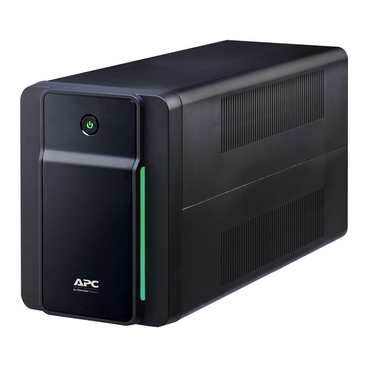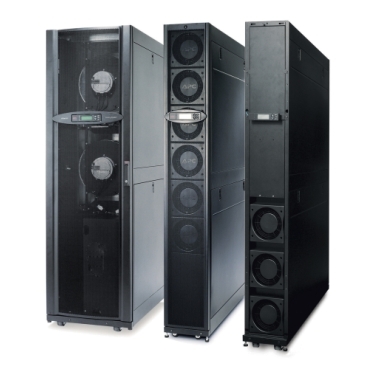Drivers and benefits of edge computing
Bringing the power of distributed IT, spread across an exponential number of micro data centers.
Distributed IT
Improve reliability and fasten response times by combining cloud with edge infrastructure.
Challenges of edge solutions
Edge computing solutions
White papers
Sustainability at the edge
Ensure a resilient, secure, and efficient network and achieve sustainability goals with our solutions and experts.
Environmental Data Program
An increased demand for readily available data comes with rising demand for power. That's why data centers at the edge need to be more sustainable, efficient, adaptive and resilient.
mySchneider IT Partner Program
Stay relevant in the evolving IT market! mySchneider IT Partner Program helps you enhance skills and capture new business opportunities.
Explore our latest insights on edge computing
Learn more about our edge solutions from our knowledge networks resources.
You may also be interested in
What is Edge Computing?
Edge computing brings computation and data storage closer to data sources, reducing latency, improving real-time responsiveness, and conserving bandwidth. It's crucial for applications like autonomous vehicles, industrial automation, and IoT devices. By processing data at the network's edge, it enhances efficiency, reliability, AI inference, remote visibility, power efficiency, and IT sustainability.
What are the Benefits of Edge Computing?
• Reduced latency and improved real-time performance.
• Decreased bandwidth usage and network congestion.
• Enhanced privacy and security through local data processing.
• Increased reliability in remote locations.
• Lower operational costs.
• Enables rapid data processing and decision-making.
What is the future of Edge Computing?
Expect increased integration with AI and machine learning, wider adoption in various industries, and applications like predictive maintenance, remote patient monitoring, and real-time inventory management.
How Does Edge Computing Support IoT and Smart Devices?
Edge computing allows local data processing, reducing reliance on cloud connectivity, enabling faster response times, and improving reliability. This is vital for smart homes, industrial IoT, and autonomous vehicles, enhancing security by keeping data local.


























_BUILDER.IORectangle.webp)







.webp)






